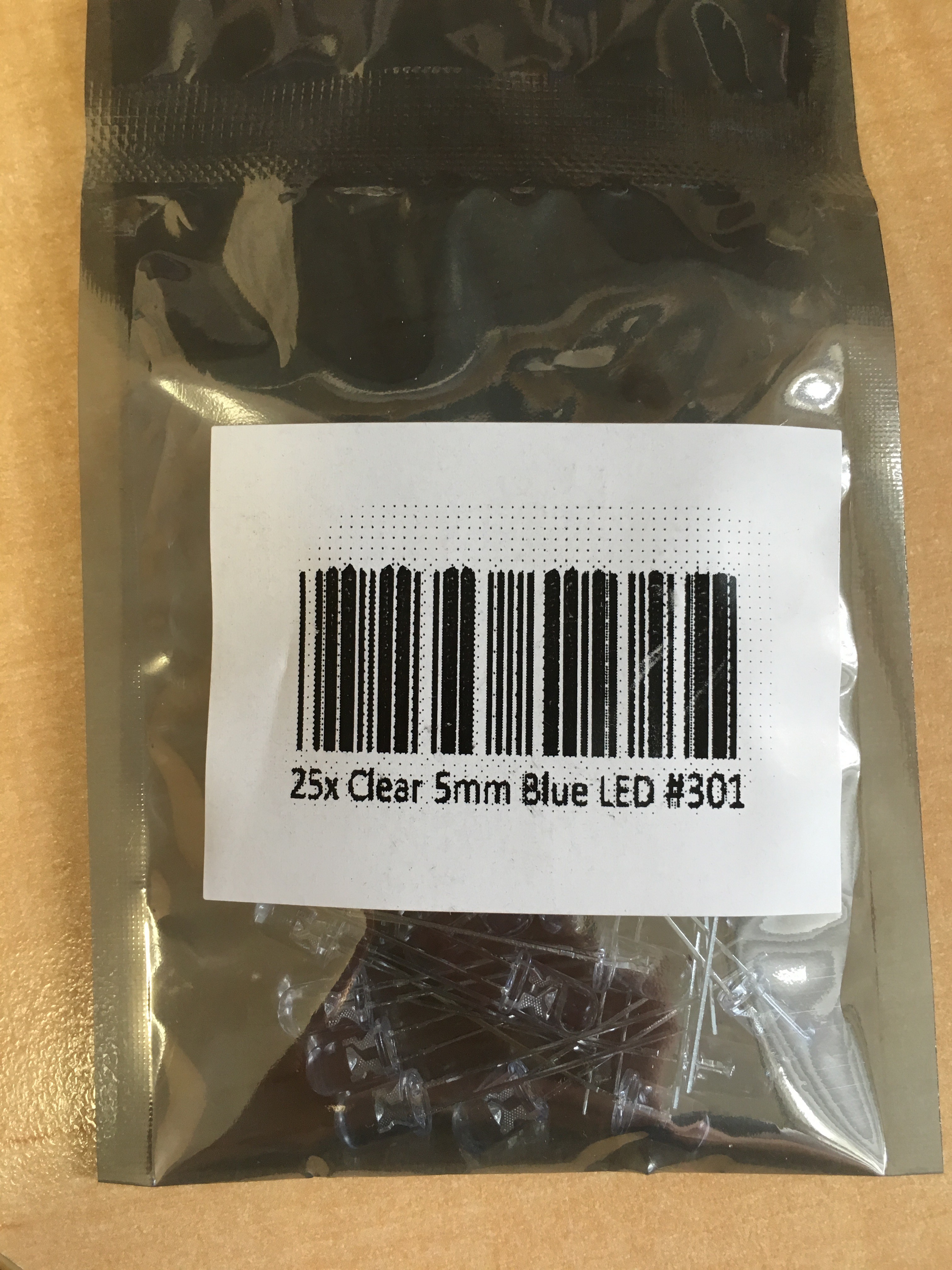In 2005 I established and now manage the first donor human milk bank in Western Australia at one of the largest NICU's in the Southern Hemisphere (130 beds). We routinely provide donated breast milk to extremely preterm infants in NICU where there is insufficient volume of a mothers own breast milk. To ensure safety, donors are screened by blood test and questionnaire (like blood donors) but milk is also pasteurised (heated to 62.5C and held for 30mins). This has been shown to inactivate viruses (such as HIV and CMV) and kill bacteria that may present a risk to a vulnerable preterm infants. This is achieved by the denaturation of protein (occurs above about 55C) - many proteins have a biological function and this is usually dictated by their 3 dimensional structure. Simplistically, heat changes this structure and hence the biological function. Do enough protein damage and we can kill bacteria and viruses. However, human milk is an immensely complex biological fluid, it contains many proteins (we've identified over 415 by proteomic analysis) that have a biological function. Many have an immunological function (such as immunoglobulins like sIgA) and others a bacteriocidal or bacteriostatic role such as lysozyme and lactoferrin. These 3 proteins actually comprise about 40% of the total protein content in human milk and are likely to be of physiological significance to the developing immune system of the newborn human infant. As you would expect, heat also damages these proteins and impairs their function. After thermal pasteurisation we do retain some of these proteins but they are greatly reduced. The literature varies but we have seen retention of about 75% sIgA, and 40-50% lactoferrin and lysozyme after thermal pasteurisation at 62.5C for 30 minutes.
We have previously published some initial investigations of alternative 'pasteurisation' methods. There are many alternatives used by the food industry (HTST thermal treatments, pulsed electric fields, high hydrostatic pressure, ultrasonic homogenisation, gamma irradiation) but most are optimised for retention of flavour and taste not necessarily biological function of proteins. In addition most involve protein damage as the underlying mechanism of pathogen reduction, or are unavoidably associated with thermal damage. Our previous work (linked above) examined the use of UV-C light. At 254nm, UV-C light is (again simplistically) absorbed by DNA (specific amino acids in the DNA) and this causes sufficient DNA damage to inactivate (prevent replication - and may indeed kill the organism) bacterial cells. UV-C is a promising method but with IP restricting development, further validation of this method may stall. In addition there are drawbacks to UV-C. Bacteria may be inactivated, so they can no longer replicate and cause catastrophic infection if fed to an immuno-compromised infant but if still physiologically active there is a potential that a toxigenic bacteria could still produce toxin that causes a detrimental inflammatory response in the infant - these types of bacteria do occur in human milk. {NB. A related risk with all of these pathogen reduction steps is that bacteria that produce endotoxins (contained within the bacterial cell) may release these at cell death}. Many bacteria and viruses have sophisticated DNA repair mechanisms so there is also a possibility of re-activation of these organisms over time post treatment. UV-C also reacts with water to produce reactive oxygen species (ROS) due to the photolysis of water - products like hydrogen peroxide that cause oxidative damage to protein - this may cause general damage to protein like we see with thermal methods. Probably much less damage - but certainly needs to be well described before any consideration of the use of these methods therapeutically.
So a couple of days ago I came across a recent research paper (abstract available here) examining the effect of blue LED light on the inactivation of E.coli in bovine milk. The authors...
Read more » Ben Hartmann
Ben Hartmann



You need to get as close to 254nm as you can to kill bacteria, either a mercury vapor bulb or UV LED but try not to go over 275nm or they become ineffective.